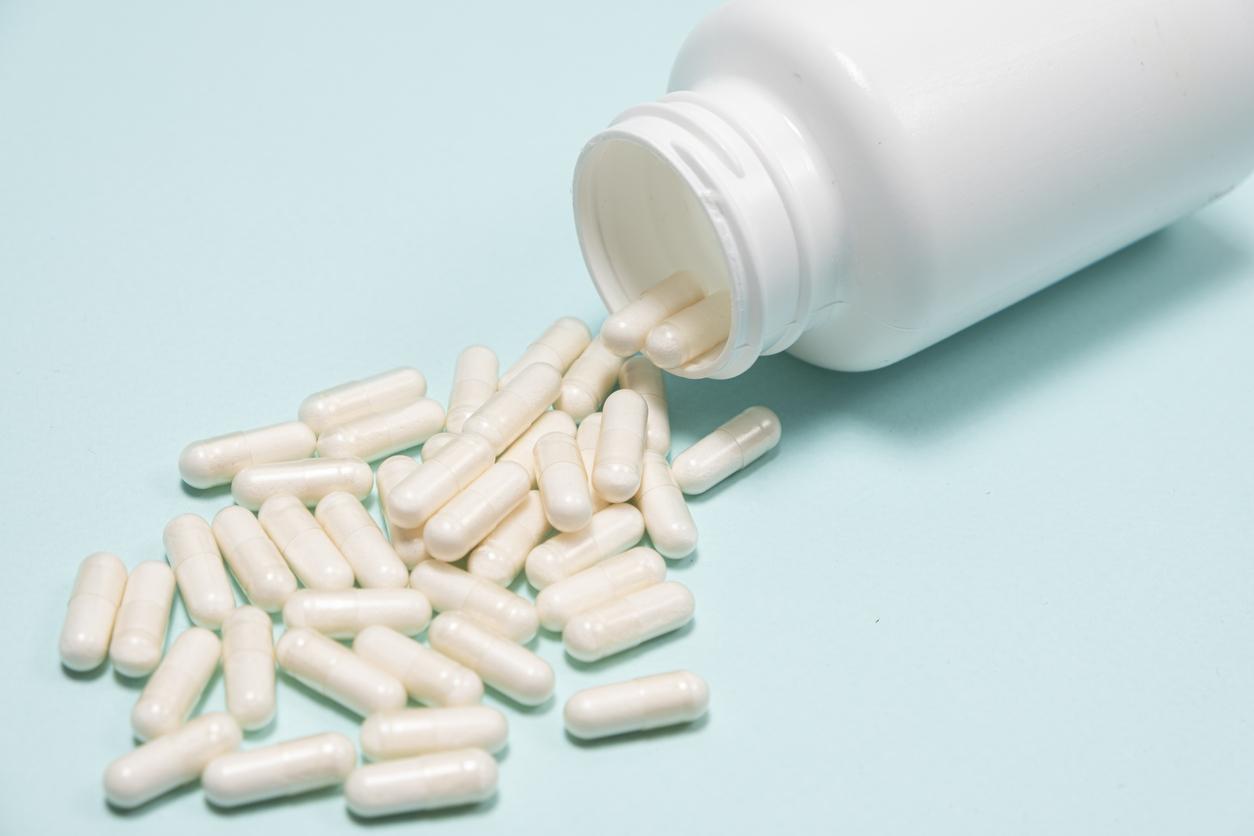In its recommendations, the French National Authority for Health recognizes that glycemic targets must be better suited to the patient’s profile.

Being type 2 diabetic means living with one goal in mind: to reduce blood sugar levels and blood sugar levels as much as possible. A flagship indicator is under the supervision of doctors, the glycated hemoglobin index (HbA1c), a benchmark that allows treatment to be adjusted. In a person without diabetes, this rate is between 4 and 6%. The golden rule was to lower this rate as much as possible in diabetics, in order to bring them below the fateful threshold of 6.5%. “Lower is better”, said the specialists in medical congresses. And this rule was included in the recommendations.
But this dogma is falling. “For most type 2 diabetic patients, the recommended glycemic goal is to have an HbA1c level of 7% or less,” the High Authority of Health. These new recommendations in the drug strategy for glycemic control of type 2 diabetes are the result of the work of a working group at the HAS which reviewed all the known data on the disease.
“The major point of these recommendations is to individualize the objectives as much as possible according to the patient’s condition,” specifies the professor of general medicine, Hector Falcoff, who co-chaired the working group at HAS.
Thus, for people with newly diagnosed diabetes, whose life expectancy is greater than 15 years, and without a history of cardiovascular disease, a goal of 6.5% or less remains recommended. But this objective must change over time, the idea is that it should no longer be maintained at all costs ”.
This change in recommendations is based on the results of several studies which have shown that lowering the HbA1c level too much could be counterproductive, even dangerous for patients. The ACCORD study in 2008 showed that deaths increased in patients treated intensively to lower glycated hemoglobin, recalls Professor Hector Falcoff. “It is a measure of common sense, it is more in line with the risk, severe hypoglycemia can be fatal in the diabetic coronary, explains Dr. Philippe Cornet, general practitioner in Paris and who was part of the review committee of these HAS recommendations. Studies on reducing cardiovascular morbidity and mortality have shown that we are more effective with HbA1c scores around 7. ”
This figure is only a benchmark. “The recommendation is not binary, the gray scale must supplant the white or black alternative, more than 7 or less than 7”, underlines Professor André Grimaldi, diabetologist, former head of department at Pitié Salpétrière.
“These new recommendations are more in line with real life,” explains Claude Sokolowski, head of the diabetes center of Saint Maur des Fossés, member of the French diabetes association (AFD), who participated in the HAS working group. This is good news because sometimes doctors set unattainable goals,
Not so long ago, he says, a lady over 80 came to see us in a panic because her doctor absolutely wanted her glycated hemoglobin threshold to be below 6.5%, so that it was already around 7%. It was useless to complicate her life, to add drugs to her to achieve this goal … “
Listen to Claude Sokolowski, member of AFD. ” It is very important to arrive at more reasonable targets, and to avoid drug cascades. “
Medicines to use
To achieve the glycemic target, the HAS working group chose four criteria: morbidity and mortality data, the effect on the HbA1c level, tolerance, safety and cost criteria. Result: metformin is the first-line monotherapy drug, and the combination of metformin plus sulfamine is the preferred dual therapy.
Second, insulin is the treatment of choice when oral and non-insulin treatments do not achieve the blood sugar target. “The rule is not to jump on novelty,” says Professor Hector Falcoff. With the older molecules, we have more hindsight in terms of tolerance and safety, we can better assess the benefit / risk balance. Recent molecules may seem more attractive from a physiopathological point of view, but we then realize that their tolerance or safety profile is not optimum. Thus, several molecules have lost their MA or their indication in diabetes because of their side effects ”.
The essential hygiene and dietetic rules
“But drugs are only one of the three pillars of the fight against the disease,” recalls Professor Hector Falcoff. A drug strategy does not make sense without an effort on the diet and without a regular practice of physical activity, it would only be a dangerous headlong rush ”.
Thus, compliance with hygienic and dietary rules is “an essential prerequisite before any drug treatment”, remind the experts of the HAS. Meals at regular times, light menus, little extras to calculate and compensate systematically …
And physical activity is more than recommended: ua study published in 2006 demonstrated an average decrease of 0.6% in glycated hemoglobin in diabetics who exercise (endurance), at a rate of 3 times 1 hour per week, over a period of 2 to 12 months. “Here too, all of its rules must be defined between the patient and the doctor in partnership”, adds Professor Hector Falcoff. This is the key to facilitate patient compliance because it is not easy to have a impeccable lifestyle, 24 hours a day, 365 days a year… But the stakes are high for the 2.7 million type 2 diabetics treated in France. This is the only way to avoid falling into the infernal circle of complications.
In France, chronic diabetes is the leading cause of blindness before the age of 65, and responsible for a third of kidney failure treated with dialysis. “The main difficulty is there”, recognizes Claude Sokolowski, diabetic for 40 years, who would like therapeutic education to be more supported in France.
.















